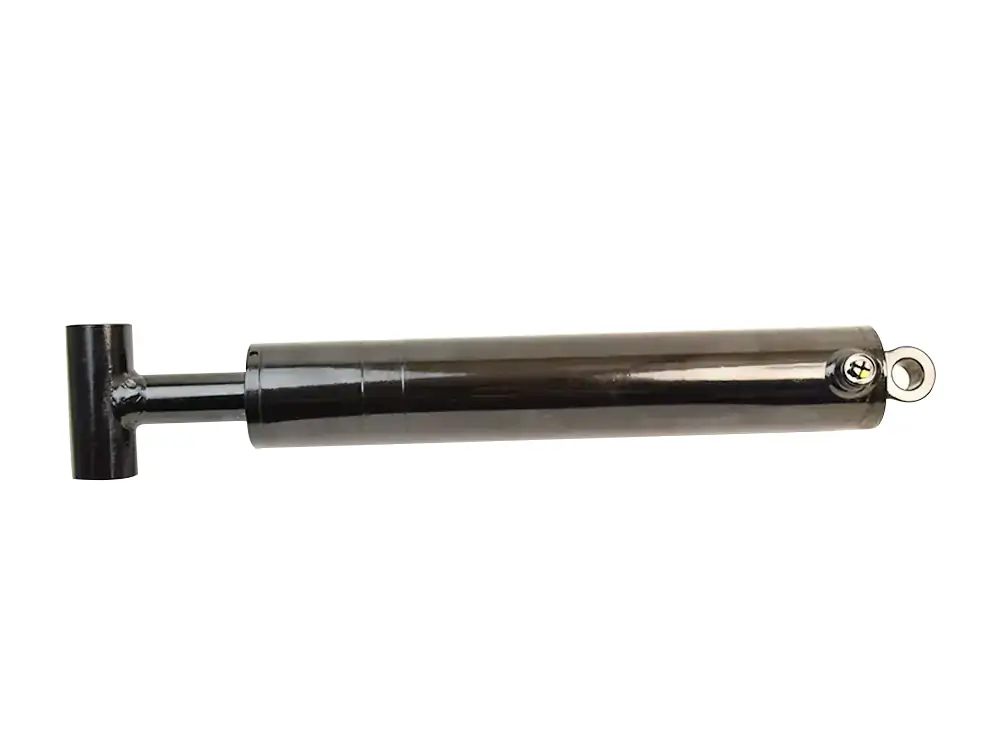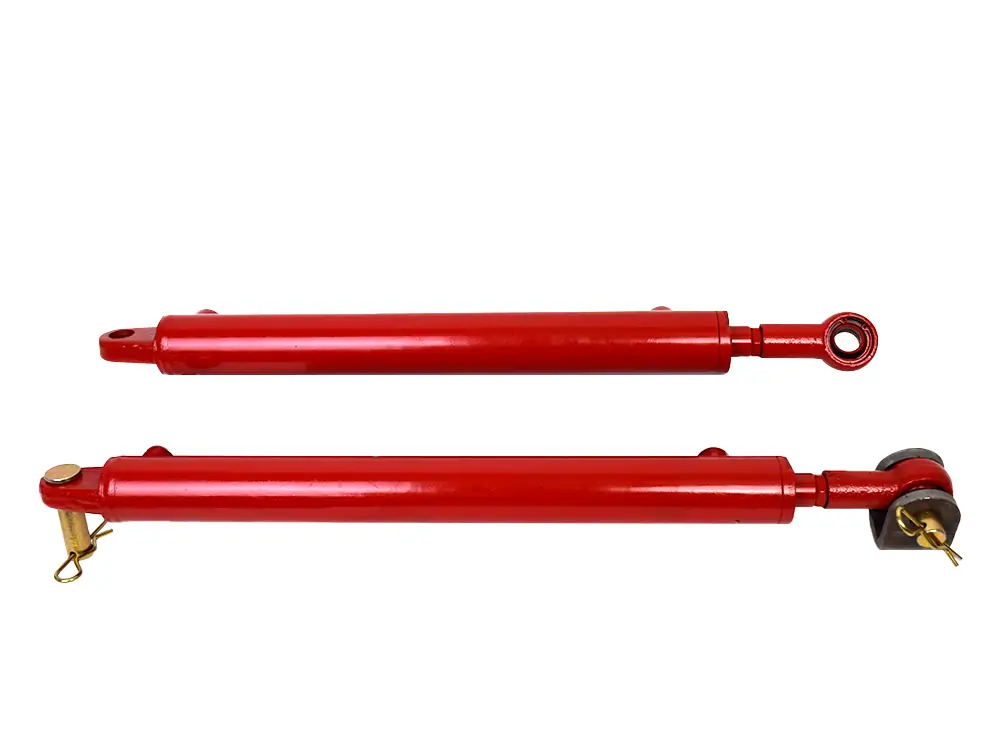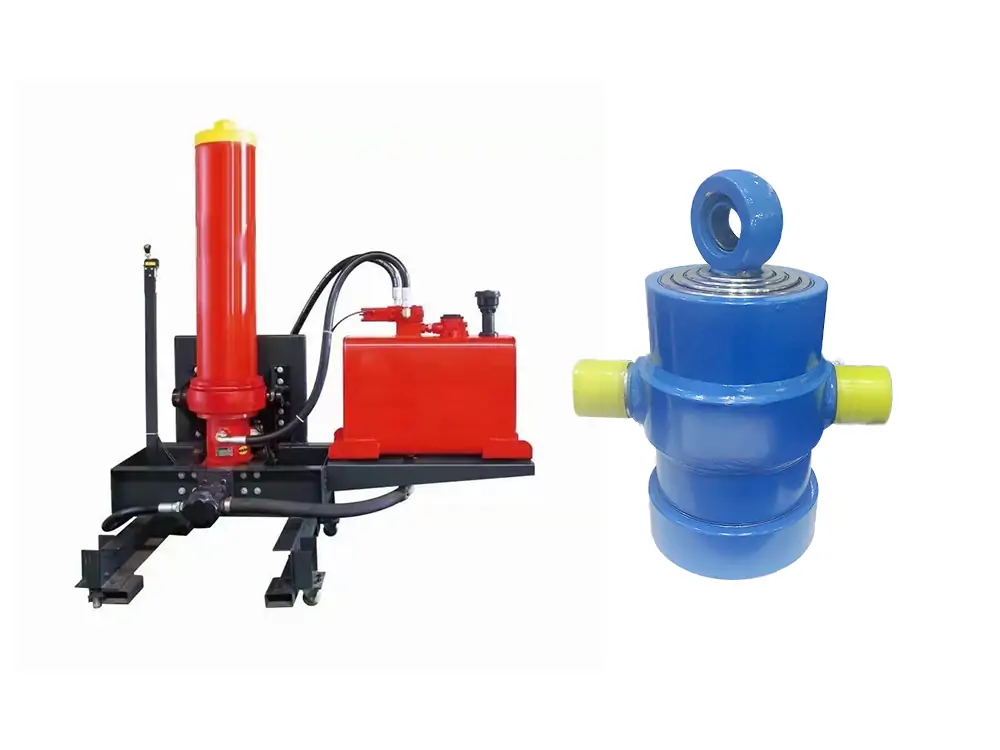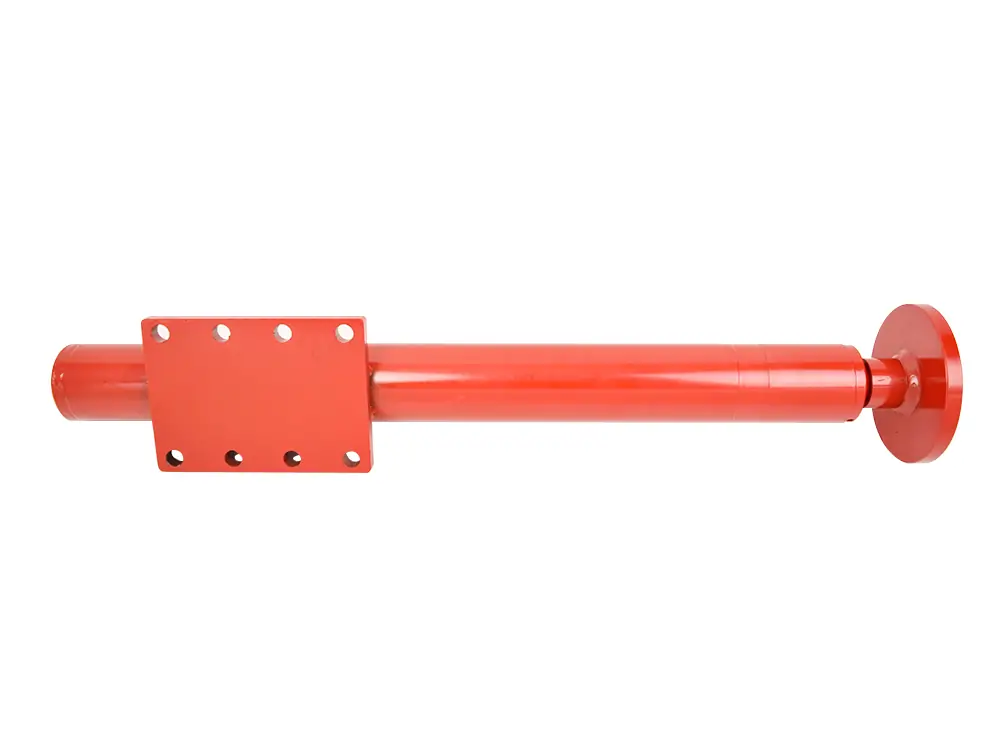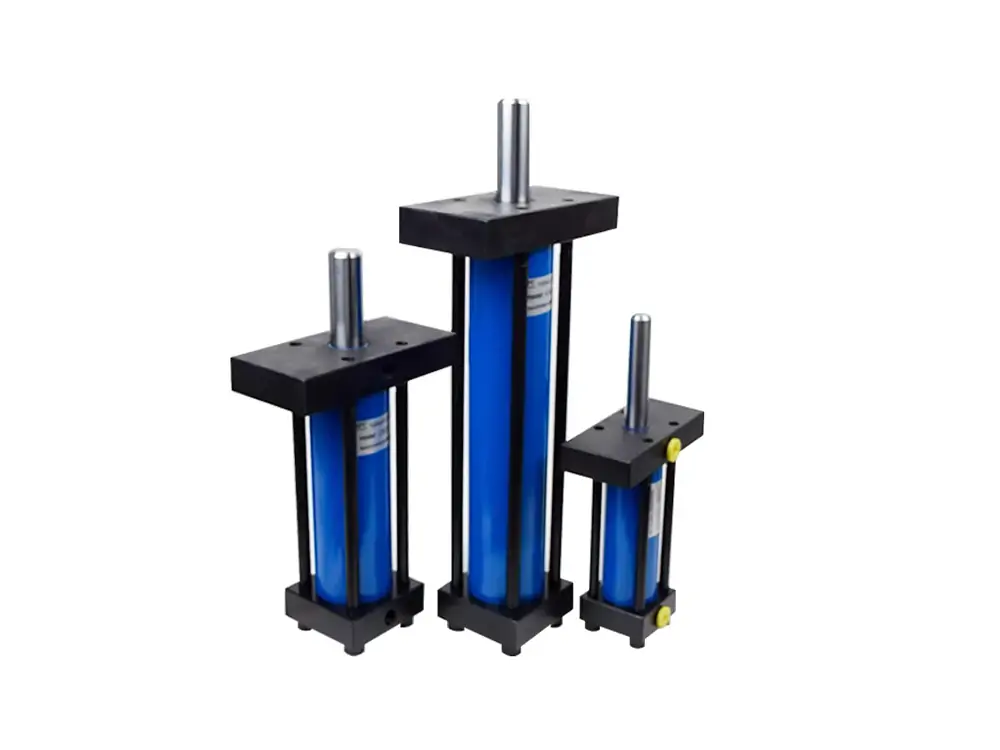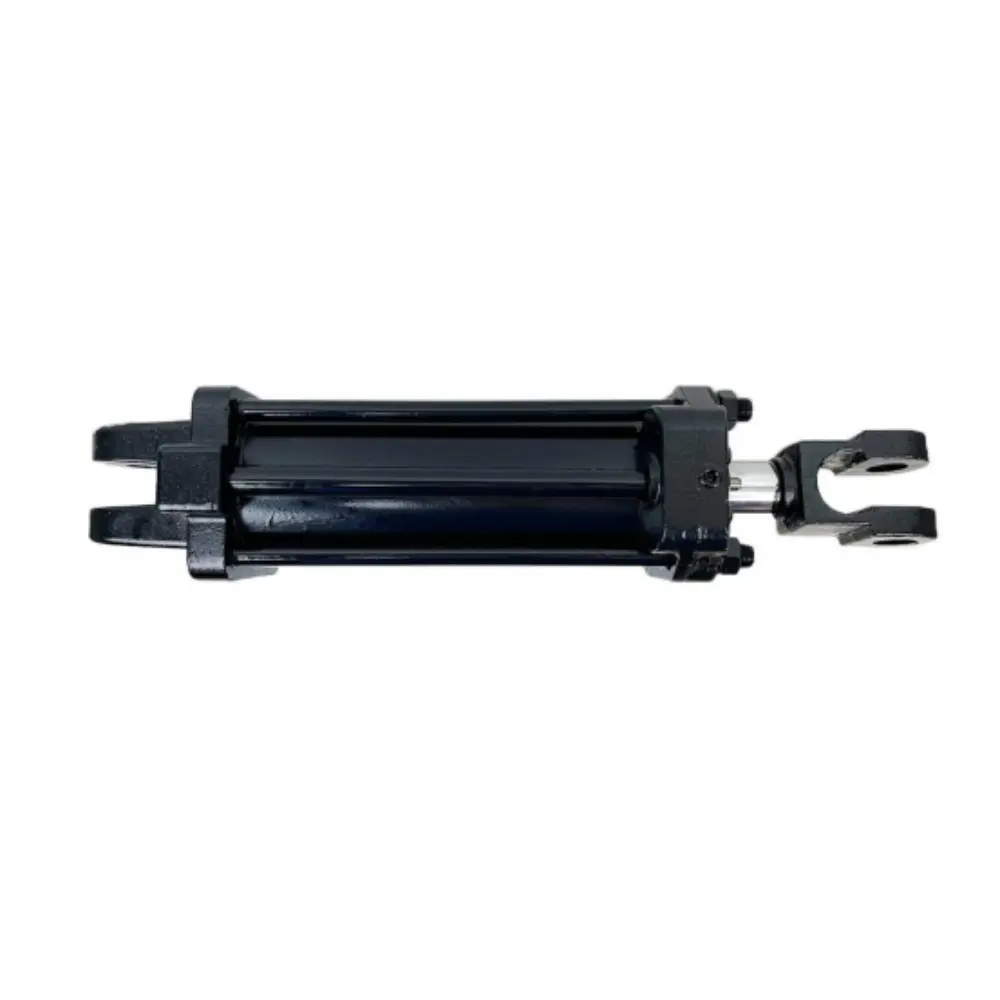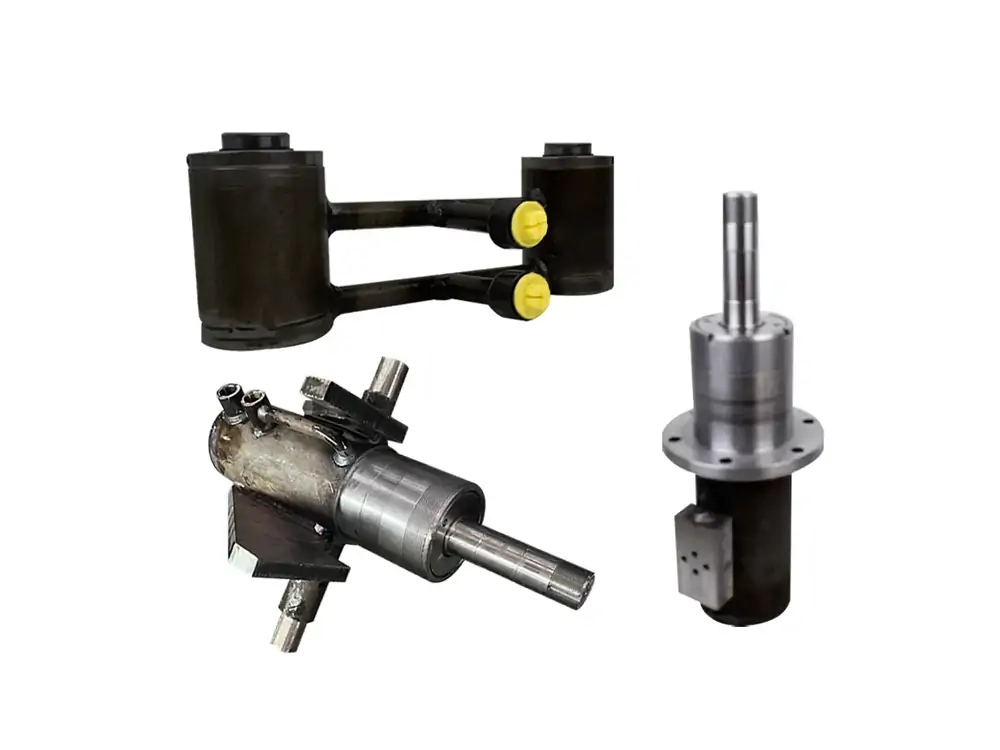Don’t worry about the hectic tasks if you work in the construction industry or deploy tools for heavy-duty objects. Hydraulic cylinders have revolutionized the whole system. Their heavy-duty performance is impressive.
Heavy machines are working day and night in various industries. Have you ever wondered about the back-end master? It is no other than a hydraulic cylinder.
Do you want to know how hydraulic cylinders work? Today, we will explore the hydraulic cylinders and deep dive into various aspects. Let’s explore more!
What is a hydraulic cylinder?
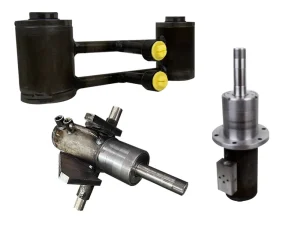
Have you ever heard of a pneumatic cylinder? If yes, the hydraulic cylinder is the same as the pneumatic, except it utilizes fluids to generate the force, unlike the air.
Simply put, it is a power tool that harnesses fluids such as oil to generate linear mechanical force. A hydraulic cylinder can assist in various industries, from pulling to pushing and other activities. The powerful performance allows its deployment on a wider scale.
Hydraulic Cylinder Components
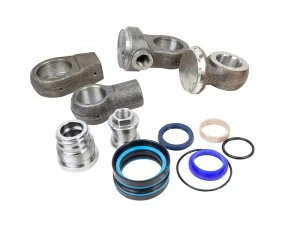
Hydraulic Cylinders can range from the smaller ones to the larger ones. Their extensive functionality and high force generation are a blessing for the system. All tasks can be done within a short period.
Hydraulic Cylinders comprise the following components.
-
Piston
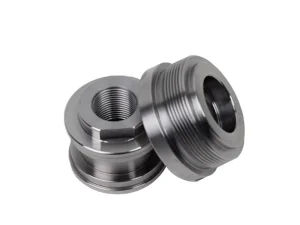
The force generation through the hydraulic fluid empowers the piston. It gets retracted or extended into the hydraulic cylinder by linear mechanical force.
-
Cylinder barrel
The barrel is a tube constructed often with stainless steel and contains hydraulic fluid. It also houses the piston and helps it operate smoothly. The robustness of the material makes it more durable and impenetrable. That is why it handles the pressure and avoids leaking the hydraulic fluid.
-
Cylinder head
The head of the hydraulic cylinder deploys the piston activity. Whenever the piston retracts or extends, it moves through the head. It comprises the bearings and seals that align the piston and help generate smooth linear force.
-
Cylinder base
Like every other base of the hydraulic system, the cylinder base is the end point of the hydraulic cylinder. It carries the fluid in the barrel. The movement of the piston occurs till the cylinder base.
-
Gaskets, seals, and other components
Gasket, seals, and other components are the game-changer tools in the hydraulic cylinders. They withstand the higher temperature and pressure applications and avoid leakage due to their high strength. Plus, they assist in the linear force generation and better retention of the hydraulic fluid in the system. Your internal fluids and system remain safe without contamination with all such components.
Types of Hydraulic Cylinders
You can dig up many types of hydraulic cylinders based on their mechanism of action and fluid types. But don’t worry; we have the four most crucial types of hydraulic cylinders.
-
Single-acting cylinders
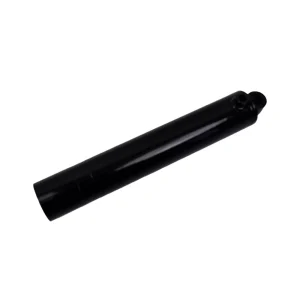
Single-acting hydraulic cylinders produce power in one direction. The fluid flows in one direction and retracts the cylinders. Usually, a pushing force is generated in this case. However, you need a spring or motor to reset the position of the cylinder.
-
Double Acting Cylinders
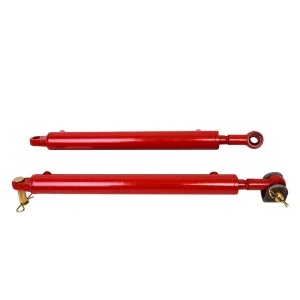
Double Acting Cylinders offer two-way functionality. For example, the fluid enters one port and moves through a second port. Usually, extension and retraction of the cylinder occurs. Since it is a two-way working cylinder, you don’t need a spring or motor to reset its position.
-
Telescopic Cylinders
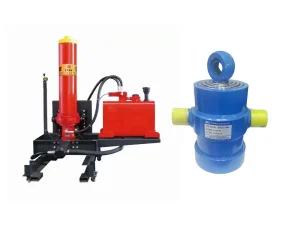
Telescopic Cylinders are part of the cranes and other heavy-duty vehicles. They contain a series of single-acting cylinders. The transfer of force occurs from one cylinder to another due to the retraction of the prior cylinder.
-
Tandem Cylinders
Two barrels are connected with a single piston. In a small area, it generates quite a significant force. As a result, it can be beneficial for applications requiring high power and better support.
How do Hydraulic Cylinders work?
If you own a hydraulic system and need to know its working mechanism, dive deep into the Pascal Law. As per the law, the pressure distribution is equal in all the chambers of the fluids.
For example, you have two pistons in a single fluid chamber and apply the force through one piston. The second piston will also observe the same force as the first one.
Remember the famous Pascal’s equation.
Pressure = Force / Area
Pressure in an area equals the force exerted per unit surface area. Experts can derive the force implemented on a surface area through this formula.
Based on this principle, the exact layout of the hydraulic cylinder’s working mechanism is attached.
- Fluid Entry. The hydraulic barrel comprises the fluid. Once the fluid enters the hydraulic barrel, it pushes the piston against it.
- Piston Movement occurs. When the fluid pressure is high, it creates the force as per Pascal’s law. The force moves the piston and creates a linear movement.
- Linear Force Generation. This force is transmitted from the piston to the machinery components and does all the wonders required for mechanical strength.
Such a high-pressure system generates a higher force to push the heavy machinery or pull off various components.
Take the example of the hydraulic jack. It creates a linear uplifting force through the hydraulic fluid pressure and lifts the vehicle components easily.
Benefits of Hydraulic Cylinders
Hydraulic cylinders serve as a power tool in various industries. Their accuracy and high power generation allow them to be deployed in hundreds of applications.
Let’s check the secrets behind hydraulic cylinder usage.
-
High force output

Hydraulic Cylinders are the power tools that generate a high force. The fluid pressure allows it to have a powerful impact on the materials. For example, the incompressible nature of the fluids will enable cylinders to implement a high force on the piston and linear movement.
Such a facility and power handling capacity is less likely to be with the pneumatic or other cylinder types.
Therefore, it is useful in heavy-duty tasks, such as pulling or lifting large, effortless loads.
-
Precision and Control
Speed and pressure are under the control of the users. Based on the required conditions, users can adjust the following things:
- Speed of movement is needed to make it more precise and generate results.
- Pressure control allows the accurate implementation of force at the required task level using the tools.
In precision control systems and CNC machining, hydraulic systems are quite efficient tools. They allow smooth functioning and easy operations of various devices at a time. Plus, precise control allows controlled movements and fruitful results.
-
Durability and Reliability
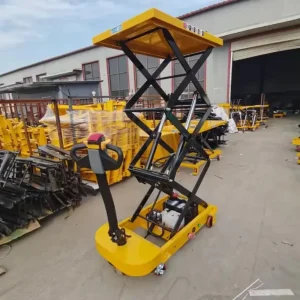
Hydraulic Cylinders are known for their extensive strength. It doesn’t matter whether the pressure is high or temperature; they are effective and bring quality results.
- High-pressure environments. Hydraulic Cylinders can survive up to 3000 PSI pressure. It has quite an impact on the manufacturing sector.
- Harsh weather and environments can’t do much against the hydraulic cylinders. This is because of their robust construction using stainless steel materials. Factors like moisture, dust, or extreme temperature can’t damage the hydraulic cylinders either.
With proper maintenance of hydraulic cylinders, users can extend the lifespan of their cylinders and enjoy long-term benefits. It also cuts down the costs in the long term.
-
Efficiency
Hydraulic Cylinders convert most of your hydraulic power into efficient energy. Some portion is lost through the heat.
Overall, it is quite efficient and provides the required output. Such an approach makes managing energy deployment easier and brings in better results.
In the long term, it is a cost-saving option for users in their heavy-duty performance applications.
-
Compact and Space-Saving Design
Compared to the force generation process, the hydraulic cylinders are quite compact. They are accommodated in a small space and perform better.
Experts can accommodate such features in heavy machinery, relying on the small space to enjoy a flawless journey.
What should you look for in a hydraulic cylinder?
For a quality cylinder, various points must be under your radar. The overview of the following points is:
- Force Capacity. How much force does your hydraulic cylinder handle? Consider this as a point of prime significance.
- Types. If you need one-way force generation, look for the single-acting piston. For the extension and retraction, users can opt for the double-acting piston. Based on your needs, opt for the hydraulic type that fits your needs the most.
- Pressure rating. Understanding operating pressure is crucial to knowing about the hydraulic cylinder without failures. It helps understand the overall pressure your hydraulic cylinder can handle.
- Durability and construction. Since it is a heavy-duty item, you must choose a durable construction. Materials like stainless steel or aluminum are an ideal choice. Otherwise, you can also select the metallic components with a corrosion resistance.
Conclusion
Hydraulic Cylinders must have the essential power and strength to handle heavy-duty tasks. Purchasing a random cylinder is nothing but crap. So, explore the top-quality suppliers for your hydraulic cylinders.
Do you know the premium hydraulic cylinder supplier?
Partner with the QY Hydraulics and explore the quality and affordable pricing. The robust strength allows easy functioning and quick operations. Enjoy the flawless working right away!

